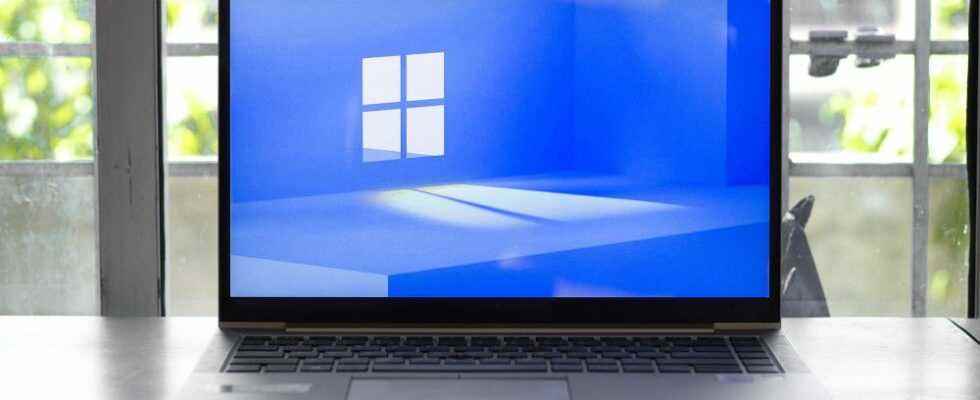In Windows 11 you can fix minor system errors immediately on the command line of the terminal. We present the most important commands for this here.
Enlarge
Those who are not afraid to use the command line gain access to very useful tools.
© Wirestock Creators / Shutterstock.com
Step 1: Integrity check with SFC
You use the on-board tool SFC (System File Checker), somewhat awkwardly called “System File Checker” by Microsoft, to check the operating system files. The tool scans the Windows 11 installation folder and detects missing or corrupted components. If it finds one or more incorrect entries, it replaces the affected files with an undamaged version if possible.
First open the command line with administrator rights. To do this, right-click on the Windows button and select “Windows Terminal (Administrator)” in the context menu. Type the command
and confirm with the Enter key. After that, Windows 11 will start the system file search – wait for the process to complete.

If the program reports “Windows Resource Protection did not find any integrity violations”, everything is fine. Otherwise, SFC will show you which files have been recovered. In this case, restart SFC. If the repair was successful, no more integrity errors should be found now.
Step 2: Repair Windows 11 with Dism

Dism (Deployment Image Servicing and Management) is a command line tool and closely related to SFC from Step 1. Dism’s actual job is to check and mount image files. As an additional feature, the command can also check and repair the system files within what is known as the Windows 11 component store.
To start Dism, follow the instructions in step 1 and go to the Windows terminal with administrator rights. Windows 11 then opens the command line window in which you
dism /online /cleanup-image /scanhealthtype in Confirm the command with the Enter key. The program now checks the component data for possible errors. You can see the test results with the command
dism /online /cleanup-image /checkhealthon. In case of a detected problem, start by typing
dism /online /cleanup-image /restorehealth a repair attempt.
Step 3: Fix disk errors with Chkdsk

Chkdsk (Checkdisk) is one of the oldies among the repair tools in Windows 11. The utility, available as early as MS-DOS in the late 1980s, detects and fixes a number of file system errors on hard drives and SSD drives. Open a terminal window (info in step 1). By entering
followed by Enter to launch the tool in read-only mode. It uses it to search for problems within the file system on drive C: and then displays them to you. Changes to the relevant drive – in our example C: – are not made in read-only mode. By appending the two parameters /f (file system error correction) and /r (sector error correction) you start an error check with subsequent repair attempt. The full command for this is
If the disk to be checked is the Windows 11 system drive, a reboot is required, during which Chkdsk will run automatically.
Step 4: Edit partitions

The drive and partition manager Diskpart is one of the most complex and at the same time riskiest command line tools in Windows 11. It supports experienced users in managing hard drives and SSDs without a double bottom. Many of the functions are also available to you in the Windows tool “Create and format hard disk partitions” in a graphical and therefore less error-prone form. After entering
plus Enter key takes you to the Diskpart command line. This provides you with a hodgepodge of commands related to disk management – you can call up an overview by entering a question mark (?) and pressing Enter.
Step 5: Start Driver Verifier

Driver Verifier Manager is designed to detect problems related to broken device drivers. Open the Windows terminal and type
followed by the Enter key. In the following, the assistant for the driver check reports with a number of by no means self-explanatory check functions. Windows 11 restarts with “Create default settings” followed by “Automatically select all drivers installed on this computer”. It tests the existing drivers. A message about a faulty driver may already be displayed. Otherwise, launch the Driver Verifier tool again and go to “View information about verified drivers”.
